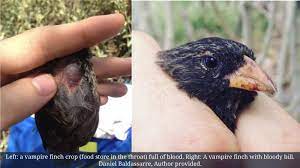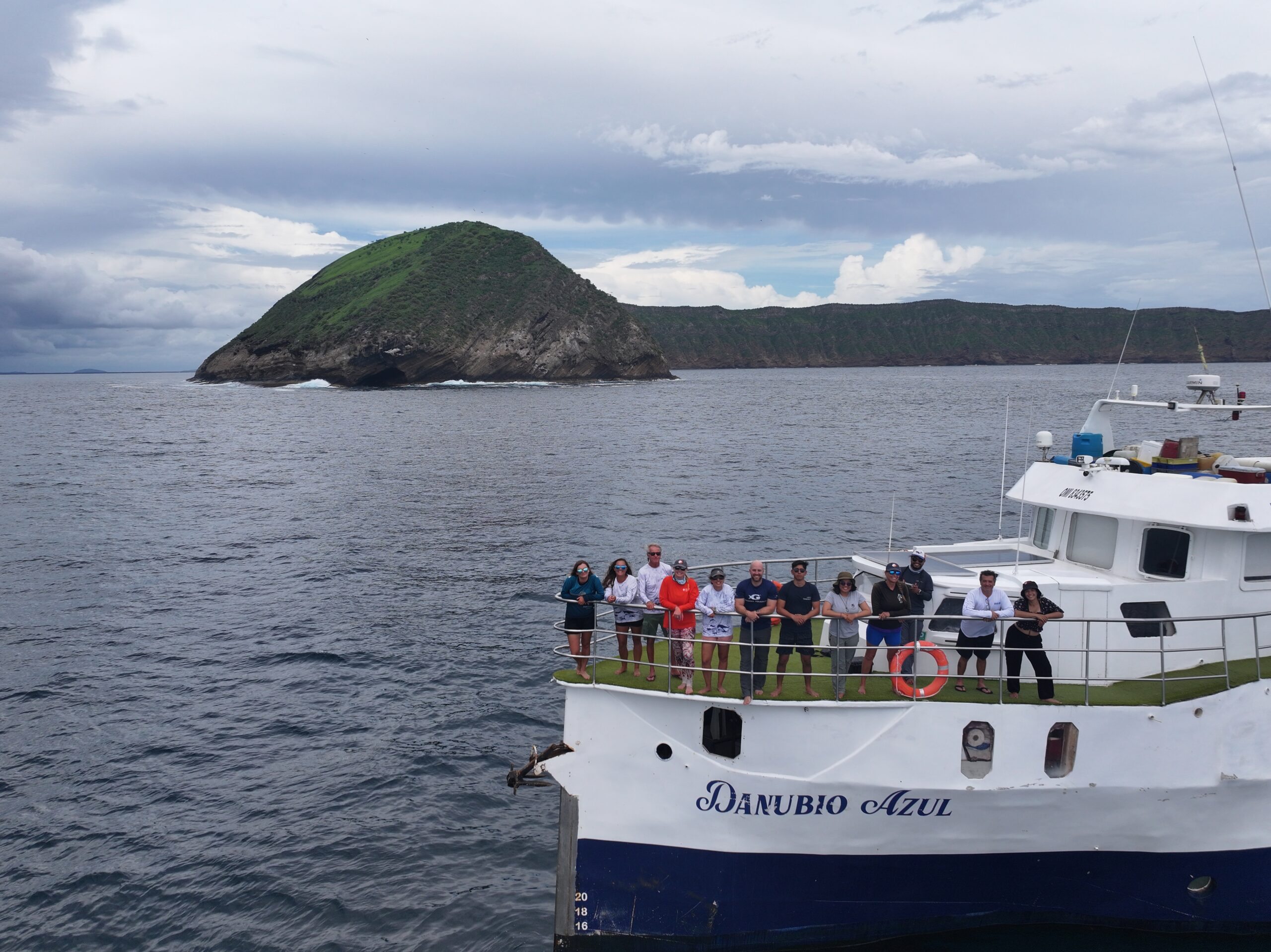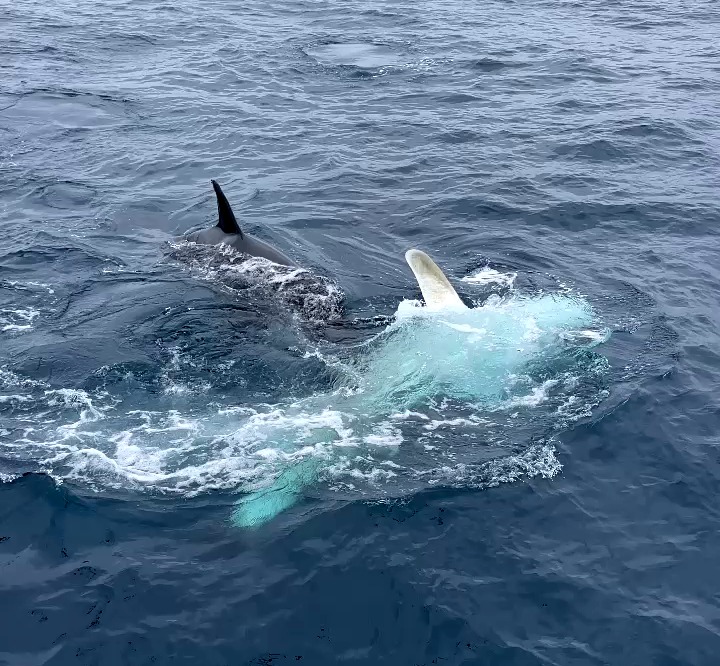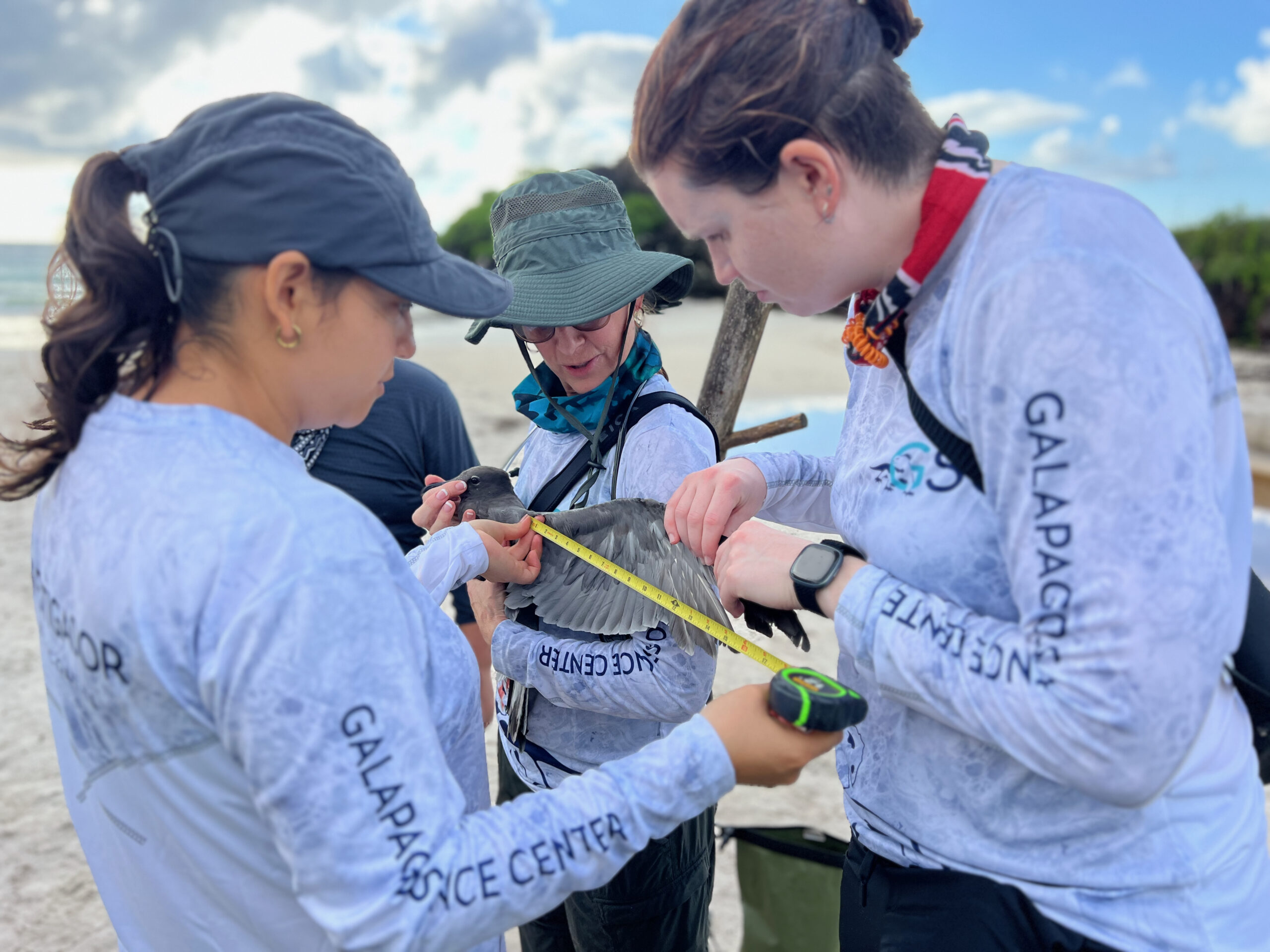This interesting work is focused on a finch that is found only on the Darwin and Wolf islands, which are located in the extreme north of the Galapagos archipelago. Both islands are very difficult to access even for researchers due to their incredibly rocky coastline, which makes landing difficult. However, these characteristics have made Darwin and Wolf an interesting territory for science, because the species that live here have adapted to survive.
Darwin’s finches, as we know, have been adapting the shape and size of their bills, allowing them to exploit different diets. For example, long and thin beaks allow to reach nectar from some flowers, while other beaks are better for crushing seeds or consuming insects.
The question is, why did a finch evolve to feed on blood? For Chaves, this action is a clear example of “mutualism,” a mechanism by which two or more species benefit.
“It is suggested that the action of feeding on blood derives from a behavior that is evident in other finches and on other islands, which is to feed on external parasites on the skin of turtles, iguanas, and on the feathers of birds such as boobies. In the case of boobies, they have parasites that live in their feathers and feed on their blood and skin. These parasites are removed by finches, which is why this mutualism event (finch feeding on parasites – booby benefiting from this cleaning) is common on the islands.
On some occasions, these parasites (a type of fly) leave scars on the skin which are then used by finches to feed on blood,” explained Chaves.
In addition, it is believed that the lack of food sources in Darwin and Wolf, alongside the fact it is home to one of the largest colonies of Nazca boobies, may explain why vampire finches consume blood as part of their diet. Finches have even learned to pierce the skin at the base of young feathers to access the blood directly, without the need for parasitic insects.
Blood represents only 10% of a vampire finch’s food source. While there are no records of booby deaths due to this cause, it is obvious that it bothers them, with booby chicks typically the most affected. According to Chaves, “the finches also attack the young boobies, and they cannot fly and escape these hematophagy events. I have seen chicks walking between the rocks trying to escape the finches, and sometimes they can fall and die or get lost in the bushes and not return to the nest where they are fed by the adults.”

What is clear is that the species of vampire finch found on Wolf and Darwin only inhabits these islands, and have sufficiently different genetics than other sister species found in other islands. These species also present different characteristics of their beak, clearly making them a unique species of Wolf and Darwin – and one worthy of continued study.






